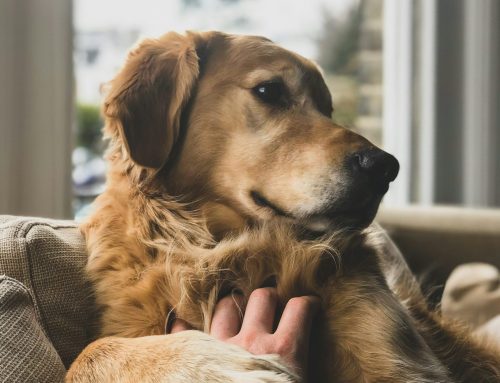As an AAHA accredited hospital, we are required to have very high standards of care when it comes to monitoring our dogs and cats while they are under anesthesia during surgery. Anesthesia can be stressful to many pet owners, especially if they have ever heard a story from a friend or family member of a pet experiencing a complication during surgery. Luckily, with advances in monitoring technology, drugs, and higher standards of care, we are able to prevent almost any complication. This blog focuses on parameters we monitor at Heartwood Animal Hospital, to ensure the best safety for all of our surgical procedures.
The equipment used to effectively monitor anesthesia:
1) Thermometer: Used to regularly take the temperature every 5 minutes. If the patient becomes colder than 98 degrees F, additional warming measures can be taken to prevent your dog or cat from becoming hypothermic. The warmer the patient is while under anesthesia, the quicker they will recover.
2) Blood Pressure cuff: A regular blood pressure cuff (we use a petMAP system) is used to monitor the patients’ blood pressure during the entire procedure. Keeping a healthy blood pressure is crucial to keeping the kidneys, heart, and brain healthy while under anesthesia. If the blood pressure begins to fall too low, the gas anesthesia may be lowered or the IV fluids may be increased to help compensate.
3) Heart Rate/EKG: a tube that fits down the esophagus during surgery is used to measure the heart rate and electrical activity of the heart. This is very important for measuring anesthesia, as subtle changes in heart rate help the doctor know things such as, the presence of pain or if the patient is at the right level of anesthesia.
4) Pulse Oximeter: A pulse oximeter probe is placed on the tongue of all of our pets. If you’ve ever been unlucky enough to find yourself in an emergency room, the pulse oximeter is usually placed over one of your fingers. This measures the amount of oxygen that your blood is circulating. This is important for ensuring the patient is receiving enough oxygen from the anesthesia machine and that they are able to deliver oxygen to all of their organs.
5) The Doctor and Assistant: In medicine, it is always important to never put 100% trust in any piece of machinery. The veterinarian and assistant work together during a procedure to listen to the heart with a stethoscope and check depth of anesthesia by evaluating their blinking responses and muscle tone. The medical team at Heartwood Animal Hospital is constantly making minor adjustments to keep things as safe as possible for your pet.
I hope this article helps put some minds at ease when it comes to anesthesia monitoring for surgeries or dental procedures. Here is a link to an article by AAHA on the equipment required for anesthesia. https://www.aaha.org/pet_owner/about_aaha/why_accreditation_matters/about_accreditation/aaha_standards_require_anesthesia_monitoring_equipment_for_your_pet.aspx As always, please contact us at 919-570-9311 or email us at heartwood.friends@gmail.com with any questions or suggestions for new blog topics.
Sincerely,
Dr. James Murray







Leave A Comment